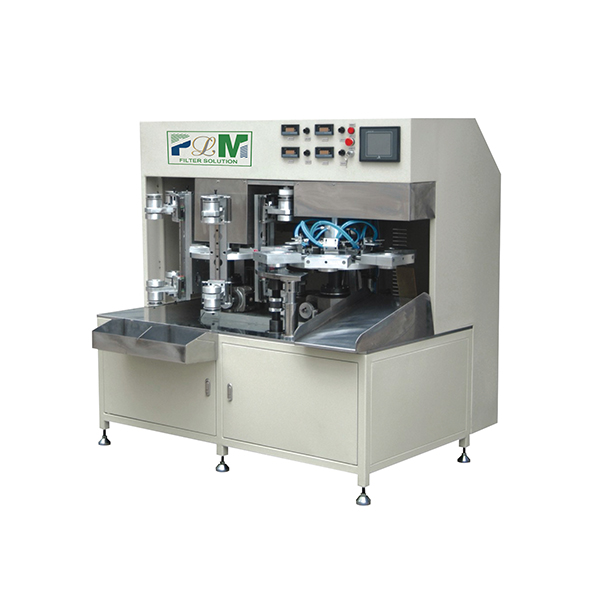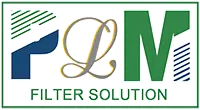Jul . 28, 2024 01:11 Back to list
Customized Hot Melt Adhesives for OEM Applications to Meet Your Specific Needs and Requirements
The Importance of OEM Hot Melt Glue in Modern Manufacturing
Hot melt glue, often referred to as hot melt adhesive, plays a crucial role in various manufacturing sectors, thanks to its versatility and effectiveness. Among the different players in this field, Original Equipment Manufacturer (OEM) hot melt glue has gained significant attention for its tailored solutions and enhanced performance, meeting the specific needs of diverse industries.
What is OEM Hot Melt Glue?
OEM hot melt glue is a type of adhesive that is produced specifically for other companies to incorporate into their products or manufacturing processes. This means that the glue is designed not only for optimal performance but also to align with the specifications and requirements of the end product. The term hot melt refers to the application method — the glue is applied in a molten state and solidifies quickly upon cooling. This characteristic makes it particularly advantageous for high-speed production environments.
Advantages of OEM Hot Melt Adhesives
One of the primary benefits of using OEM hot melt glue is its fast setting time. In today’s fast-paced manufacturing landscape, efficiency is paramount. Traditional adhesives often require extended curing times, which can slow down production lines and increase labor costs. In contrast, hot melt glue bonds quickly, allowing manufacturers to streamline their processes and reduce downtime.
Additionally, OEM hot melt adhesives offer excellent bonding strength and durability. They can adhere to a wide range of substrates, including plastics, wood, metal, and paper. This versatility makes them suitable for various applications, from packaging to furniture assembly. In industries where product quality and longevity are essential, such reliability in adhesive performance is invaluable.
Customization and Branding
oem hot melt glue

OEM manufacturers have the capability to customize hot melt adhesives to meet the needs of specific applications. This includes adjusting the formulation for temperature resistance, flexibility, or viscosity based on the intended use. For instance, a manufacturer producing outdoor furniture may require a hot melt adhesive with enhanced weather resistance to withstand UV exposure and moisture.
Furthermore, using OEM hot melt glue allows companies to establish branded products that stand out in the market. Custom adhesives can be developed with unique properties that are aligned with the brand’s mission and product promises, providing a competitive edge.
Industry Applications
The applications of OEM hot melt glue span numerous industries. In the packaging sector, it is used to seal boxes and labels efficiently, ensuring products remain secure during transport. The automotive industry utilizes hot melt adhesives for interior assembly, where they contribute to modular designs and lightweight components. In electronics, these adhesives are essential for bonding components without adding significant weight or bulk.
The furniture industry also benefits significantly from OEM hot melt adhesives, which are used for both assembly and finishing processes. This adhesive allows for quick assembly times while ensuring a strong bond that can withstand everyday use.
Conclusion
As the manufacturing landscape continues to evolve, the demand for specialized solutions such as OEM hot melt glue is likely to grow. Its ability to enhance efficiency, provide customizable solutions, and cater to various industry needs makes it an indispensable tool. Companies that leverage the advantages of OEM hot melt adhesives can improve their production processes, maintain high product quality, and ultimately drive customer satisfaction. As the innovations in adhesive technologies continue to unfold, OEM hot melt glue will undoubtedly play a pivotal role in shaping the future of manufacturing.
-
Cheap PLJY109-500 Full-Auto HDAF Expanded Mesh Spiral Coiling Machine - High Efficiency & Quality Manufacturer
NewsJul.08,2025
-
Best PLHJ-6 Full-Auto Eco Filter Rotary Heat Plating Machine - High Efficiency & Eco-Friendly Solution
NewsJul.08,2025
-
High-Efficiency Paper Pleating Machine for Filters Trusted Filter Paper Pleating Machine Company
NewsJul.07,2025
-
High-Performance Oil Filter for Cadillac ATS – Reliable Engine Protection Solutions
NewsJul.07,2025
-
High Quality PU Glue for Filters – Reliable Filter Glue Supplier & Exporter Get PU Glue Quotes Now
NewsJul.07,2025
-
China PLJL-4 Seal Leakage Tester for Spin-On Filter - High-Precision Multi-Station Testing Solutions
NewsJul.06,2025
